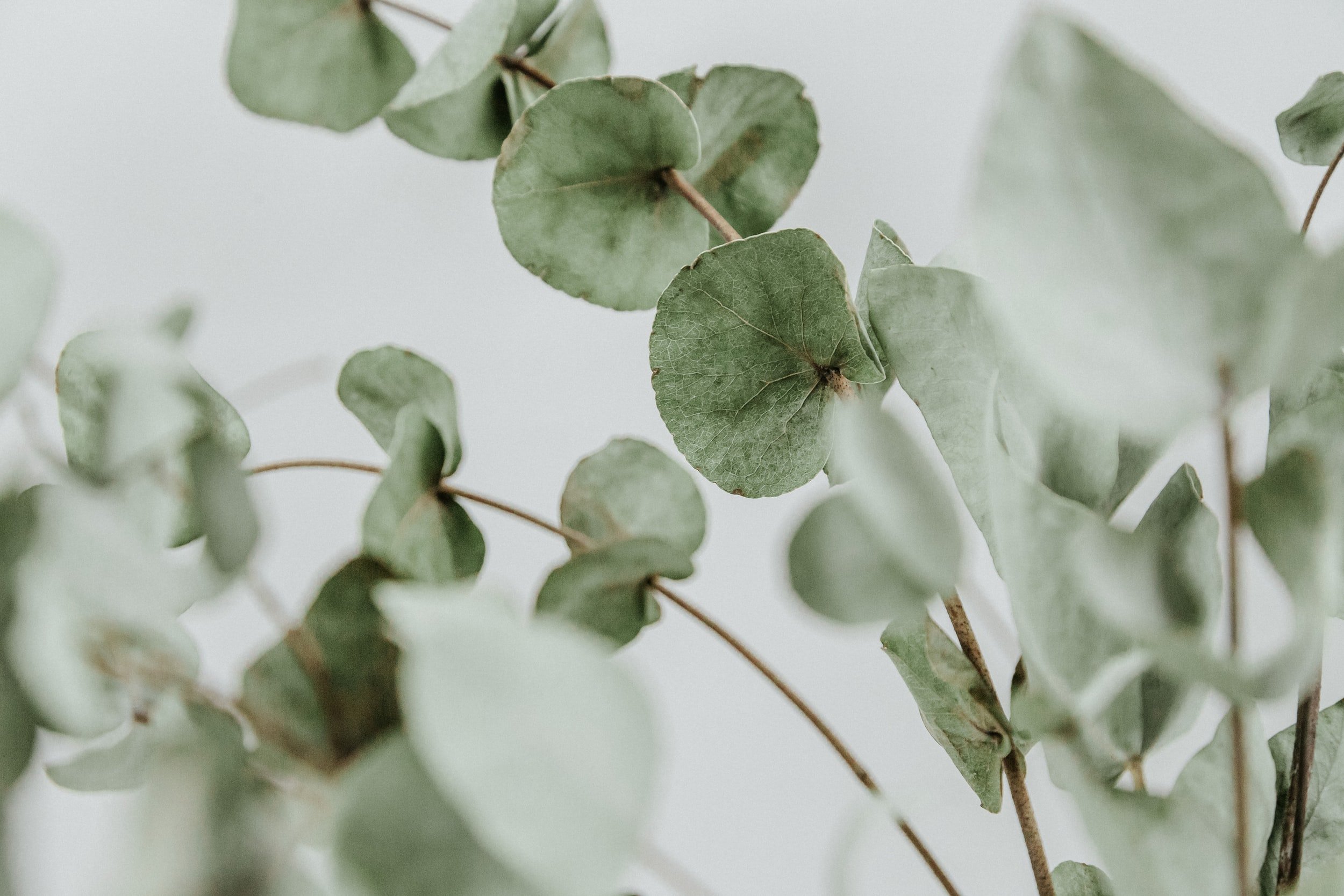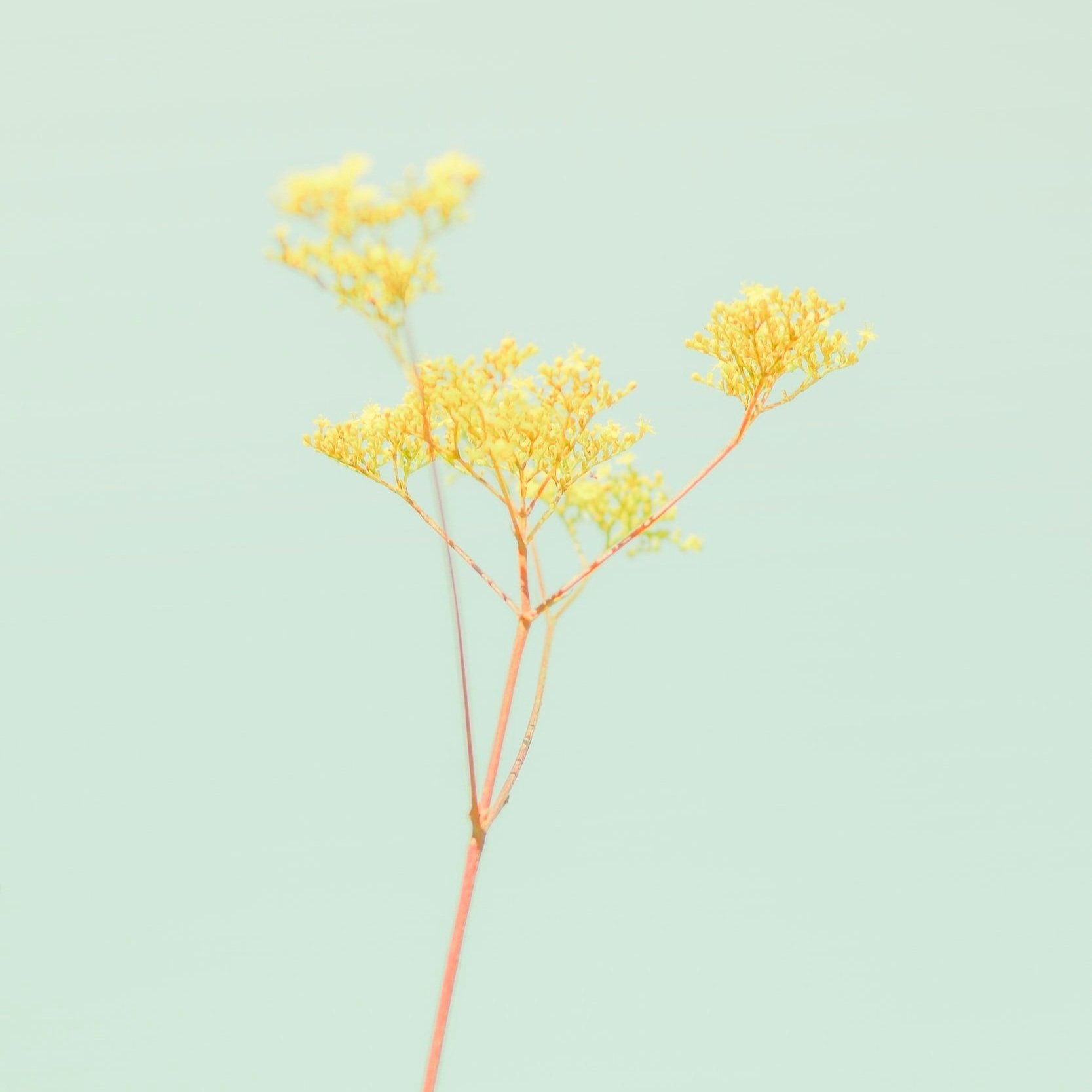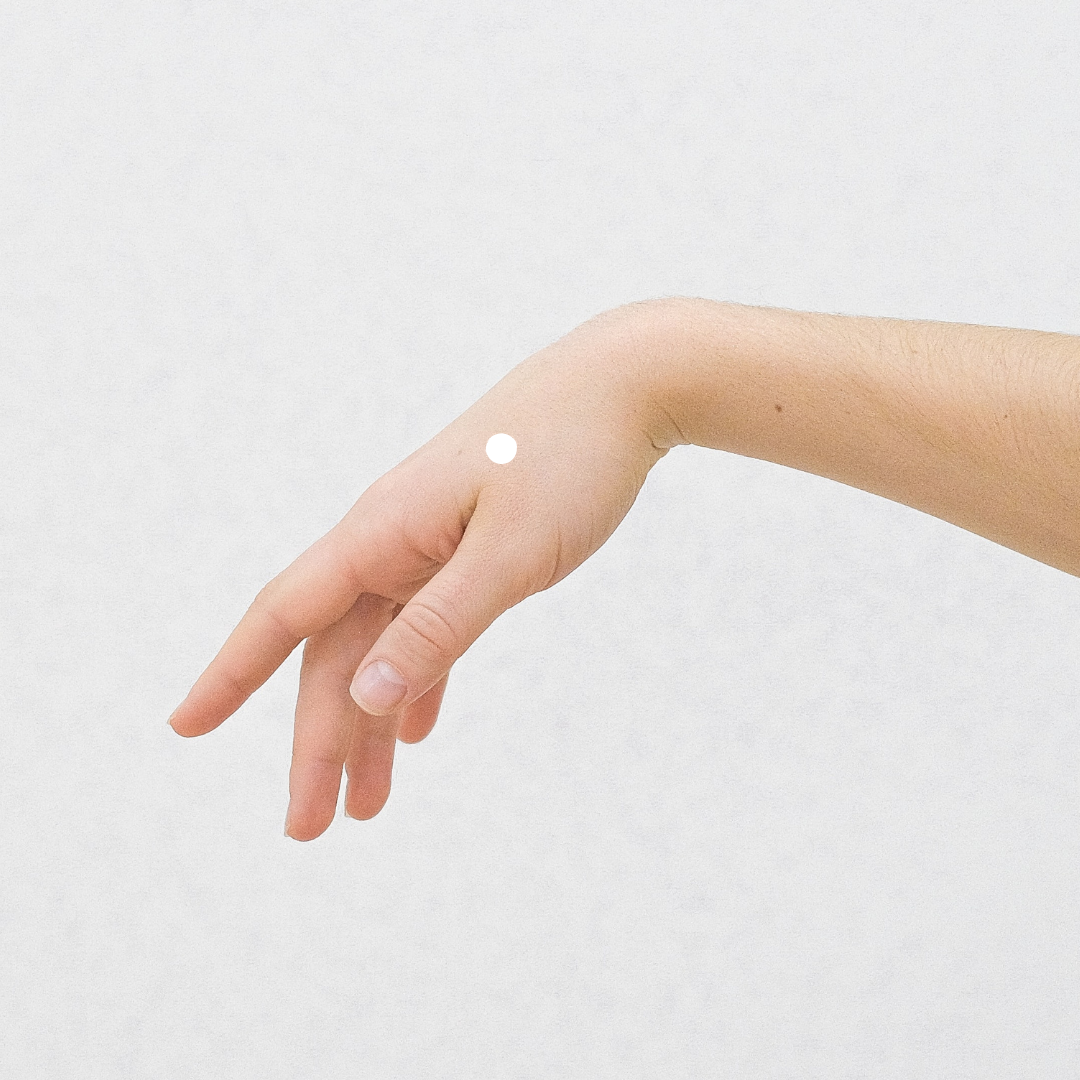7 Tips For Weathering Pollen Season
Photo by J Lee
To be honest, I never gave allergies much thought until last spring.
Sure, growing up on the East Coast I heard plenty of talk about struggles with pollen, but I was lucky to never experience symptoms personally. And, after living in Colorado for four years where the conversation about allergies is basically non-existent (Denver tops the list of best places to live if you struggle with allergies), I basically forgot about this phenomenon altogether.
Then, we moved back to Richmond.
Last year was our first spring back in Virginia and around mid-March things began to fall apart for me starting with the itchy throat and progressing into red eyes and nasal congestion. On the phone with my mom I told her about my perplexing symptoms — Did I have COVID? She started laughing, “You don’t have COVID, you have allergies! I can hear it in your voice. Welcome to the club.” Still on the phone, I looked outside and saw our front porch covered in yellow pollen. Had I simply never noticed this before? I suffered through the rest of pollen season 2021, drinking throat-coat tea and self-administering acupuncture needles trying to lessen the symptoms. I talked about pollen incessantly, commiserating with my newfound seasonal-allergy community, and stayed inside as much as possible.
In Virginia, late February to summer tends to be the worst for allergy sufferers. According to an article from VirginiaENT.com: “Tree pollens such as oak, maple, and river birch are blooming during this time. The dry wind we see in early spring will spread allergens and raise the pollen count.” To make matters worse, there is evidence that pollen season is getting longer thanks to climate change.
You can probably thank pollen if you experience one or more these symptoms during the spring months:
Itching eyes
Itchy throat
Runny nose
Sneezing
Eye irritation
Nasal congestion
Important note: Some of these symptoms do overlap with COVID, here is a quick read on how to spot the difference.
Last spring the pollen caught me off-guard. This year, I am fighting back.
Spring 2022, I vowed, would be different. I absolutely refuse to give in to allergy misery like I did last year, and I intend to do so without OTC or prescription antihistamines to avoid unwanted short- and long-term side effects. I began preparing even before the first daffodil hit the scene earlier this month and, while we are still a few weeks from full-fledged pollen pandemonium, I can already feel the difference between this year and last. My list of pollen season-survival hacks is as follows:
The “Better Pollen Season” Action Plan
1. Avoid dairy, sugar, and other “damp” foods
Traditional Chinese medicine sees nutrition as a key component in helping the body clear excess phlegm that may arise during an allergy episode. Dairy products, fatty meats, and processed sugar can affect our bodies ability to clear congestion. Instead, try adding more garlic, ginger, and green tea into your diet to resolve symptoms of dampness. I like this article from acupuncturist Debra Betts which explains more about how dampness affects the body and gives a complete list of foods to include or avoid.
2. Shower at night (with a dash of eucalyptus)
I love a morning shower, but for the next few months I am switching it up. I have two small children so the common allergy advice to “stay indoors” just does not work for me (plus, I don’t think I would want to stay inside even if I could). A shower before bed ensures I am removing excess pollen that accumulated during the day and makes for a better night’s sleep. Add a few drops of eucalyptus oil and let the steam clear nasal passages.
3. Wipe down your pets
My dogs spend most of the day happily rolling around in the grass, then carry all those lovely nature particles into the house for the rest of the family to enjoy. I have started wiping them down in the evening to help keep the outside where it belongs. (This tip works for kids, too.)
4. Filter the air & keep your windows closed
Another game changer this spring has been moving our Medify Air filter into the bedroom and running it 24/7. That combined with keeping our windows closed while pollen counts are high has helped improve symptoms significantly.
Baraka Handcrafted Neti Pot available on Amazon
5. Sinus rinse on the regular
If you experience congestion regularly and haven’t tried the neti pot or another sinus cleansing system, prepare to have your world rocked. Yes, witnessing the saline rinse go in one nostril and out the other can be a tad unnerving during the first use, but it is well worth the discomfort when you are breathing easier moments later! There are a few styles of saline-rinse products on the market, here are two of the most common:
The squeeze bottle version of the neti has gained popularity in recent years. It has a user-friendly, lightweight design and typically comes with pre-packaged salt for less guesswork.
The tea-pot style neti pot (pictured) is the traditional apparatus used for clearing nasal passages. I prefer this style to the squeeze bottle because it allows for more control in water pressure and amount. (It is also the more aesthetically pleasing of the two designs!)
You will also need a pure, non-ionized salt such as Neti Salt to mix with water to make the rinse. I use 1/4 tsp of salt per pot of water, but you may prefer slightly more or less salt based on preference. It is important to use distilled, filtered, bottled or boiled water at room temperature — never tap water — when rinsing sinuses to prevent potential infection. This is an easy article to follow for step-by-step instructions.
6. Try AllerSnap by OHCO
Of all the steps I am taking this season to avoid unwanted allergy symptoms, this is by far the most crucial. AllerSnap is an herbal formula by The Oriental Herb Company, a family-owned company based in Lafayette, CO. According to their website, “AllerSnap is a comprehensive formula that allows the body to process seasonal shifts without overreacting. It works on the Chinese liver system to ease the smooth flow of chi and relieve irritation. AllerSnap reduces inflammation and irritation caused by seasonal allergens, particularly when they impact the eyes and sinuses.” It is also safe for all ages and has no contraindications.
I take this formula as-needed (usually at the first sign of an itchy throat or stuffy nose) but others find is useful to take daily in the weeks leading up to and during allergy season.
A few more reasons to love OHCO formulas:
OHCO’s medicinal herbs are always non-GMO, double tested for heavy metals, pesticides and microbes
They have a well-rounded collection of 7 all-natural, traditional Chinese herbal remedies formulas (4 of which I carry in my office)
While AllerSnap is my current obsession, I was was introduced to their herbs through their best known formula, ColdSnap, which I recommend highly during early onset of a cold or post-exposure of a cold or flu-like infection
(If you are pregnant and wary of starting a new supplement, here is a great article from Aviva Romm on different herbal remedies with instructions on how to use during pregnancy.)
7. Regular acupuncture treatments
(Bet you didn’t see that one coming.) Acupuncture is known to be beneficial when it comes to treating excess inflammation in the body. This is one reason research has shown a direct correlation between regular acupuncture treatments and the reduction of allergy symptoms. In my practice, I use a combination of local points around the nose and head with distal points on the wrists and elbows to help resolve nasal congestion, sinus pressure, and other common allergy symptoms. The points next to the nose, known as LI20 and BiTong, seem to work a particular kind of magic as many report their nasal congestion feels reduced before the end of treatment.
Some Final Thoughts
There are certainly other options out there for the prevention and treatment of seasonal allergy discomfort: a variety of herbs, teas, local honey, maybe riding out the season in Colorado — just to name a few. On the other hand, maybe not everything on this list resonates or you don’t need to go all out and, for example, obsessively clean your animals and air on a daily basis. This article was intended more as food for thought, take what you like and leave the rest behind.
As always, if you have any questions or comments please feel free to shoot me an email and I’d be happy to connect. Thanks for reading, and godspeed to you all during the rest of this pollen season!
Disclaimer: This post contains affiliate links which means I may receive a commission if you decide to make a purchase through my links. This general information is not intended to diagnose any medical condition or to replace your healthcare professional. I only link to products that I have personally tested and in whose quality and safety I feel confident, however, you should always consult with your medical provider before making any decision regarding supplements, exercise, and other health practices. For more information visit my Health Disclaimer and Affiliate Disclosure pages.
YOU MAY ALSO ENJOY:
LATEST POSTS:










